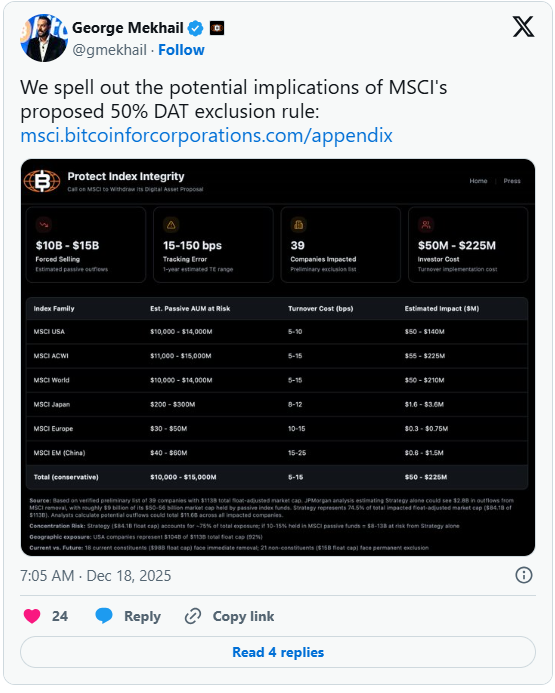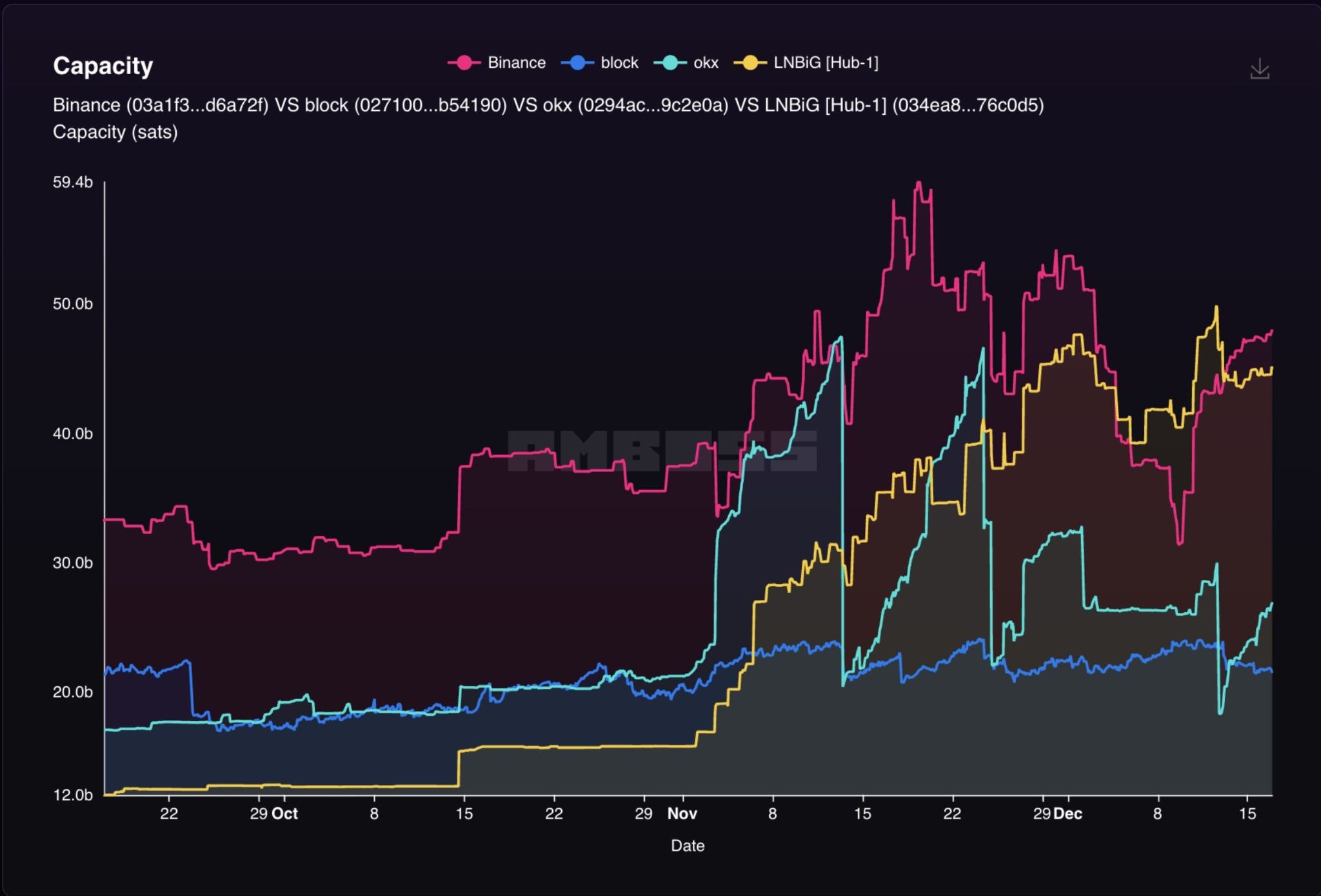Increased Demand Has Led to a Historic Shortage in Ethereum (ETH) Supply – So What Happens Now?
While investor appetite remains high in cryptocurrency markets, the surge in demand for digital asset treasuries has led to a historic shortage of Ethereum (ETH) supply.
Delta Blockchain Fund founder and general partner Kavita Gupta commented on the risk-taking trend in the markets, new public offerings, and the future of stablecoin projects.
Gupta stated that $500 million worth of new digital asset treasuries have recently entered the market and that funds totaling over $4 billion are being prepared to purchase ETH, adding, “For the first time in market history, we are experiencing a serious supply shortage in the amount of ETH that can be purchased.”
Gupta stated that this trend isn't limited to ETH, noting that companies are also adding Solana and other digital assets to their balance sheets, similar to MicroStrategy's Bitcoin strategy. According to Gupta, the heavy buying of certain crypto assets by public companies and SPACs presents both opportunities and risks: “Demand is high, and billions of dollars are flowing into these assets. However, this could turn into a new pump-and-dump cycle on Wall Street.”
Gupta predicts that, in addition to Circle, major companies like Robinhood, Facebook, and Instagram could launch their own stablecoin projects within the next year and a half. He noted that banks and fintech companies have also shown significant interest in developing their own stablecoin payment and settlement platforms, and that as many as 20 initial public offerings (IPOs) in this area are likely.
Disclaimer: The content of this article solely reflects the author's opinion and does not represent the platform in any capacity. This article is not intended to serve as a reference for making investment decisions.
You may also like
MSCI’s crypto treasury rules could spur $15B of forced selling

Lightning Network hits record capacity on crypto exchange adoption

Brazil Exchange B3 Plans Tokenization Platform, Stablecoin
Historic Uniswap Governance Vote: Final Decision on Burning 100 Million UNI Tokens
